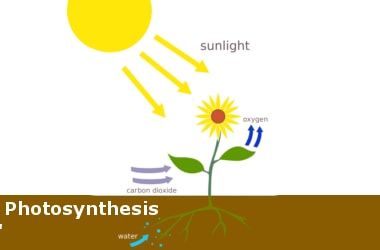
Non-photochemical quenching is process of releasing heat from plants to protect itself from absorbed sunlight.
Energy from sunlight is captured by the green pigment called chlorophyll in the leaves for photosynthesis. But this energy can also damage the leaves (the way we can get sun-burnt).
Plants protect themselves from such light-induced damage by releasing heat (like we use sun-tan lotions or dark glasses for protection). Such “quenching” of excess solar energy must be quick.
If it takes too long (often as long as half an hour) to “relax” and resume the cycle, it may be thought of as a “waste of time.”
If only we can hasten this process (termed non-photochemical quenching, abbreviated as NPQ) of recovery safely, we may be able to improve crop productivity.
Researchers studied how plants “fix” or adjust their photosynthetic cycle as their leaves experience light and shade- as in a natural environment.
In full sunlight, NPQ is activated so as not to harm the chlorophyll too much. But as clouds shade the sunlight, in such a low-light situation, NPQ is reduced. Such a switching of NPQ levels is governed in plants by the action of three proteins.
One protein, ZEP, speeds up the NPQ rate.
A second one, termed VDE, balances ZEP activity, acting as a moderator, while a third one called PSBS adjusts the NPQ level.
Hastening the NPQ process, could increase the efficiency of the photosynthesis cycle by anywhere between 8 per cent and 30 per cent.
This, in turn, could be a promising strategy for improving crop yield.